World Health Organization (WHO) and United Nations International Children’s Emergency Fund (UNICEF) States that “Respiratory viruses like coronavirus disease (COVID19) spreads when mucus or droplets containing virus gets into your body through eyes, nose or throat. Most often, this happens through hands. During such a global pandemic one of the cheapest, easiest and most important way to prevent the spread of a virus is to wash your hands frequently with soap and water. They have also mentioned suitable ways of washing hands:
- Wet hands with running water
- Apply enough soap to cover wet hands
- Scrub all surfaces of the hands including the back of hands, between fingers and under nails-for at least 20 seconds.
- Rinse thoroughly with running water
- Dry hands with a clean cloth or single-use towel
We could figure out that provision of adequate water supply is the basic to fight against the pandemic coronavirus. Notwithstanding, the daily uncertainty and anxiety over the access to water have been a common sight to the people in Darjeeling hills. Regardless, the Himalayas are perceived as an inexhaustible freshwater source. They are often referred to as natural ‘water towers’. Darjeeling has a good number of perennial and semi-perennial water bodies in the form of hilly springs. Hence, springs are the major sources of drinking water or lifeline in the Darjeeling hills.
The existing water supply system of Darjeeling town was commissioned during the colonial period and is entirely dependent upon the natural springs from the catchment area of Sinchel Forest and Wildlife Sanctuary. At present 26 natural springs from the Sinchel range serves as the major source for municipal water supply in the town. Water from the spring is tapped and collected in an arrestor tank that drains water through the masonry conduit line extending around 8km covering all the springs. Apart from the Sinchel catchment area there various other sources such as Sindhap Lake, Khong Khola, Rambi catchment area and about 65 numbers of natural springs available within the Darjeeling Municipal area.
The table below shows the average figure of water demand and supply in Darjeeling town. The total availability of water from different sources is 8,50,000 gallons per day. However due to poor infrastructure facility in the town about 25 per cent of the available water are wasted due to seepage, leakages in transmission lines and pipelines. The total demand for water in town is1,860,000 gallons/day. The demand is high and supply is less. Moreover, there is a fixed supply system for army, hospital, school. Taking this note the water available for the public is 527,500 gallons/day.
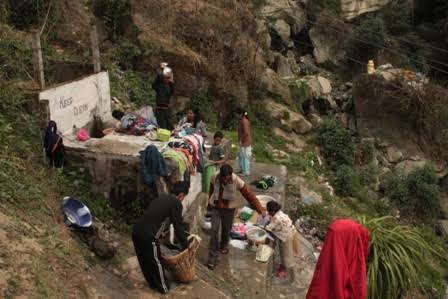
Calculation of average water demand and supply in the Darjeeling town
| Parameters | Gallons/day |
| Total water storage capacity of the reservoir (N. Sinchel lake, S. Sinchel Lake, Sindhap lake) | 4.75 million gallons |
| Water production per day | 850,000 gallons/day |
| Wastage (25 per cent) | 212,500 gallons/day |
| Net water available | 637,500 gallons/day |
| Fixed supply (Army, Hospital, St. Paul School | 110,000 gallons/day |
| Water available for public | 527,500 gallons/day |
| Total demand for water | 1,860,000 gallons/day |
| Total water available | 527,500 gallons/day |
| Total deficit | 1,332,500 gallons/day |
We can figure it out from the above data that the water crisis has created havoc to the people of Darjeeling in their everyday living. Irregular and insufficient access to water is one of the persistent challenges faced by the residents in the town. People are bound to look into the alternative sources so as to ensure that there is enough water at least for drinking purpose. Hence, buying water from private vendors have been the common practice of the people in the town.
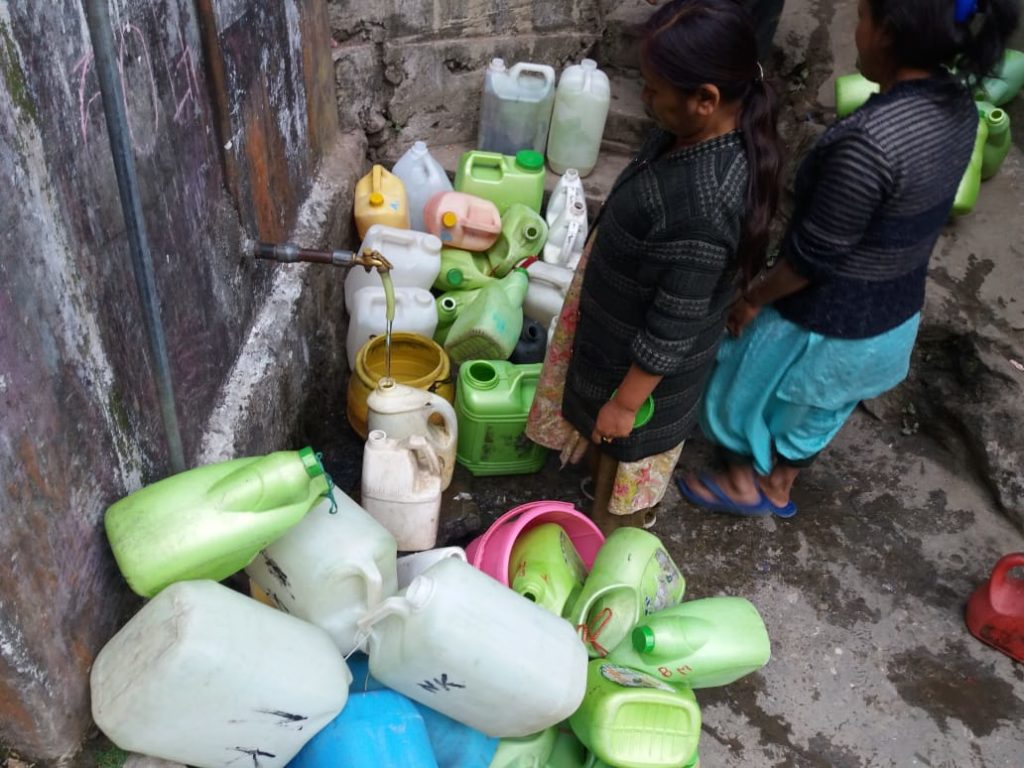
The question here is if the private vendors are able to fetch the water tanker than is it the institutions who have failed to provide adequate water supply?
No doubt, the social transformation has been taken in the entire Darjeeling Himalaya as compared to the past decades. The area has experienced unprecedented growth in population and urbanization. The trend of urban concentration in the town reveals that the population of the town has increased from 19,005 in 1911 to 57,603 in 1981 and 1,20,414 in 2011. The unplanned growth of the town has set a negative impact on water harvesting capacity and water supply in an area. Moreover, about 95 per cent of the distribution pipelines and valves in the town were laid during the colonial period (1910-15). Very little maintenance work has been taken up since then. In addition, illegal tapping of water and shortage of storage tanks and reservoirs has created the water crisis in the area.
How the Poor Suffer?
As already highlighted that the water vendors are the alternative water source in Darjeeling. Due to high paucity of water, selling of water has become a profitable business in the town today. Water vendors are commonly seen in the area operating without any legal framework. They collect water from the natural springs which are located in outskirts of the town. The cost of water in the town is Rs. 1200, per tanker (6,000 litre). Water is also supplied through hand-drawn cart (thelagari) at the cost of Rs 150 per cart. The price of the bucket varies with the distance travelled. Among several incidents and observation, I would like to place one incident of the area which will help to picturise the landscape and understand the water crises and everyday living in Darjeeling.
“During the field study, I was accommodated in one of my host’s house. It was 7 o’clock in the evening, Nikita already prepared the dinner. Puran, seven years old child of Nikita was bizarre and await for something. The entire colony seems highly awaited to welcome someone eminence through lighting torch and carrying empty buckets. I asked Nikita if something happened? She responded by saying, today is a ‘water day’, you sit and watch the drama between water and humans shortly. Everybody in the area was super excited awaiting water. Little Puran has maintained a neighbourly bond by alerting them standing outside his house yelling, (“Paniayoohaaai”) water supply begin. Nikita narrates a short festival can always be seen when the water is supplied in the area. Even a tiny drop of water falling down while carrying is considered equal to the bleeding blood. Owing to water, the very best friend can easily become a foe. People rush to get the water in no time. Ladies become electrified; they do not even spare the children to participate in the event. The television is shutdown, the study is closed, and everything becomes secondary at this moment. After a huge gathering with the rough and tuff situation for a short span of time the colony once again turned into calm and peace.”
Such a situation is not similar among all the urban dwellers in Darjeeling. The low-income group have to suffer much. The economically uplifted class orders a water tanker and fill their tank but poor are bound to roam in search of the natural spring carrying their jerry cane. Their thirst many time bounds them to fetch water, not through a legal manner. I feel everyone would do the same in such a situation. Food, clothes and shelter are known as the basic human right. Prior to this, it is the water which is the most essential. The importance of water was understood by our grandparents which we hear as the ancient proverb, “water is life”. However, at present, we are overlooking this issue. The people in Darjeeling are struggling to collect the drinking water. On the other hand, it has been suggested to maintain a proper, sanitation, wash the hand, again and again, to protect oneself from the pandemic corona. How shall the poor locals are going to deal with such a deadly disease?
In the international level water has been recognised as a human right. On 28th July, through Resolution 64/292, the United Nations General Assembly explicitly recognized the human ‘right to water and sanitation’. In India today, there are many examples which have been set by the government administrations, NGO’s and the Social workers are actively participating to cope with such pandemic situation. There are several regions where the administrations are distributing the meals and grocery door to door. Say for matter, in Hayuliang, Arunachal Pradesh, the local administration has started a ‘Market on Wheel’ service to ensure the groceries supply between 9 am and 5 pm so that no one has to step out for essential supplies. Administrations in Darjeeling district should follow such model and make life safer for their residents. At this situation, the adequate supply of water is the most basic gear to fight against the COVID-19. If there is a problem in fund allocations than the issue should urgently address to the higher authorities. It is high time for the bureaucrats to become a responsible leader and protect the humankind.
Writes: Suvechha Ghatani, PhD Scholar, Department of Geography, Sikkim Unversity.

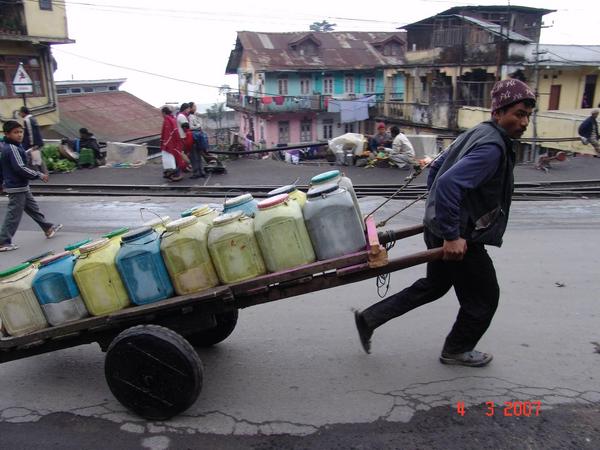
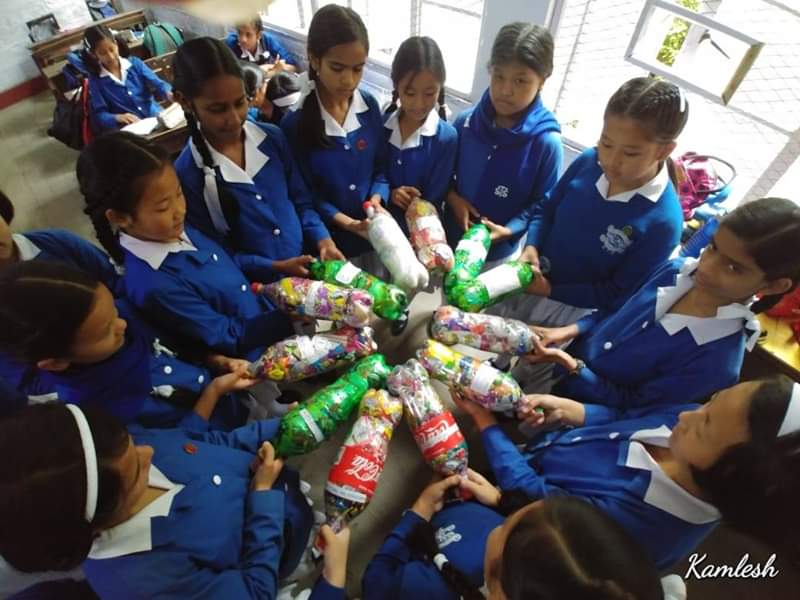
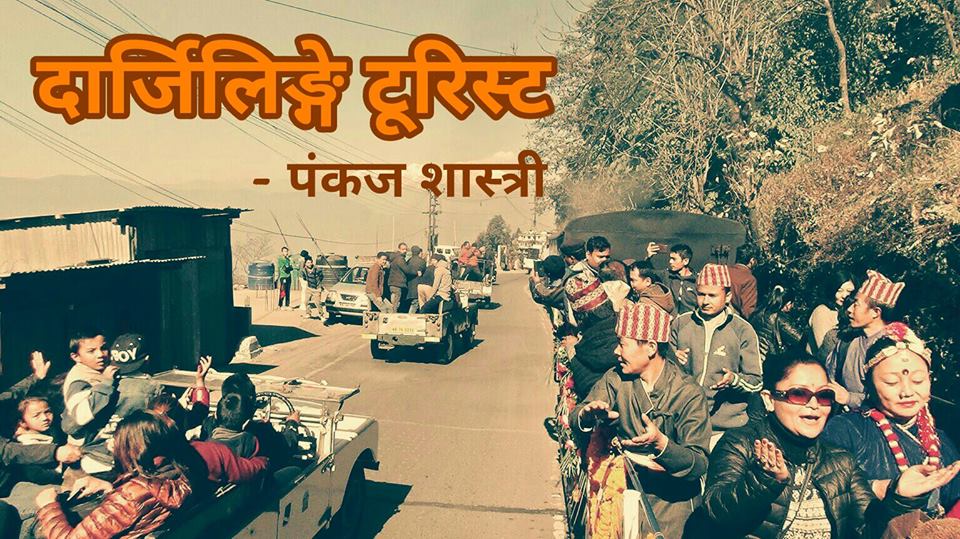

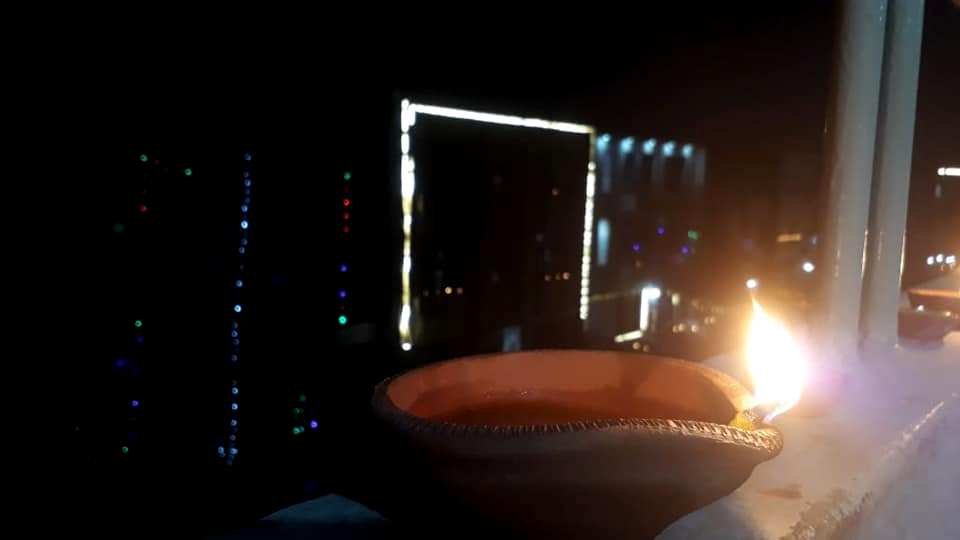
I am glad that someone has brought to light the scarcity of water in Darjeeling. This problem has been going on for more than 50 years. When will this be rectified ? If ever…!!
This study emphasizes the quantitative and qualitative assessment of local water sources, along with their socio-economic significance for underpinning the most feasible and sustainable water management arrangements in the Darjeeling town. The assessment of the ten major natural springs is done by measuring discharge and water quality during 2015–16. The findings suggest that the average discharge from these local water sources is gradually decreasing. Water quality in almost all the samples is relatively poor, which could be linked to increasing urbanization and ill-structured practices of waste disposal in and around the town. More attention is needed to protect and conserve local water sources. This could be achieved by implementing appropriate conservation policies. Water Scarcity in Himalayan Hill Town: A Study of Darjeeling Municipality, India: Methods, Approaches and Practices
Since the problem comes from across the border the solution should also come from there. An Indian tourist and tour operators herself said that it is high time that Bhutan imposes and embargo on mass tourism from India. While an embargo is an unrealistic idea, one option is if we can charge Sustainable Development Fees as part of the travel permit for regional tourists. This should be charged on a per day basis.